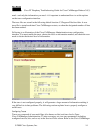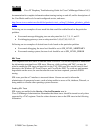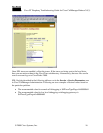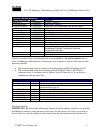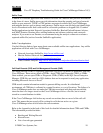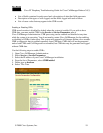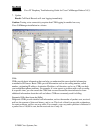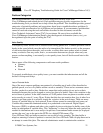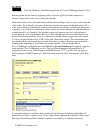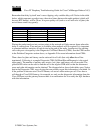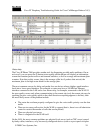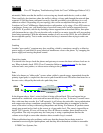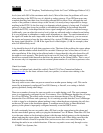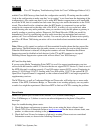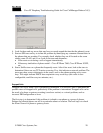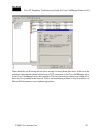
Cisco IP Telephony Troubleshooting Guide for Cisco CallManager Release 3.0(1)
© 2000 Cisco Systems, Inc. 22
between packet arrival times by applying quality-of-service (QoS) and other measures in
advance (especially if calls cross a wide-area network).
When faced with a lost or distorted audio problem, the first thing to do is to try to isolate the path
of the audio. Try to identify each network device (switches and routers) in the path of the call’s
audio stream. Keep in mind that the audio may be between two phones, or between a phone and
a gateway, or it could have multiple legs (from a phone to a transcoding device and from there to
another phone). Try to identify if the problem occurs only between two sites, only through a
certain gateway, on a certain subnet, and so on. This will help narrow down which devices you
need to look at more carefully. Next, if is often best to disable silence suppression (also known
as Voice Activation Detection or VAD) if this hasn’t been done already. This mechanism does
save bandwidth by not transmitting any audio when there is silence, but may cause noticeable
clipping at the beginning of words that may be unacceptable. You can disable this in
Cisco CallManager Administration, under Service > Service Parameters. From there, select the
server and the Cisco CallManager service. Then set SilenceSuppressionSystemWide to “F”
(alternatively you can set SilenceSuppressionWithGateways to “F”, but this does not apply to
H.323 gateways or MGCP gateways). When in doubt, turn both off by selecting the Value F for
each.
If a network analyzer is available, then a monitored call between two phones should have 50
packets per second (or 1 packet every 20 ms) when silence suppression is disabled. With proper
filtering, it should be possible to identify if packets are being lost or delayed excessively.



